The Steamrail Open Day a couple of weeks ago was good fun, though in some ways very similar to the previous one in 2012… But I’ll post some pics anyway.
This is a Tait train (“Red rattler”) — dating back to the 1910s, and very common when I was growing up, but phased-out in the 1980s.
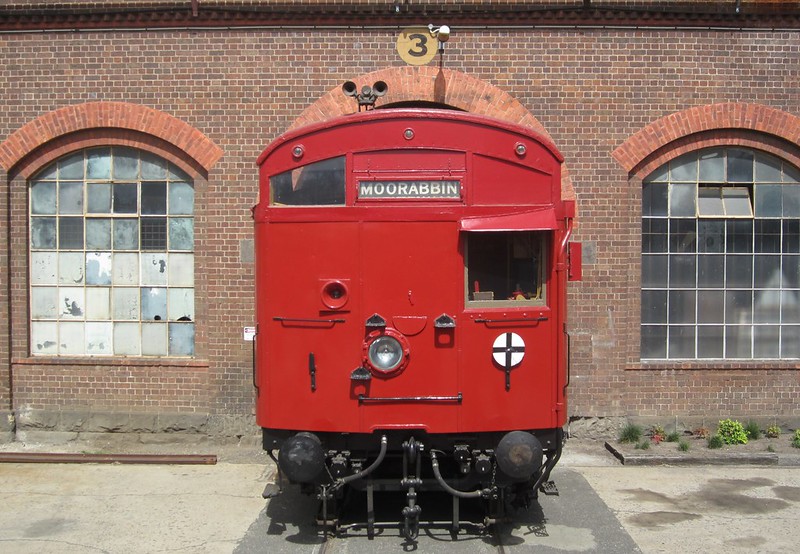
If you’ve ever wondered what the destination signs looked like from the inside, here it is. I was fascinated by these as a kid. Note the mirror allowing the operator to verify what was on the sign. These old painted canvas rolls are, of course, way more legible than most of the modern LED dot matrix varieties… and representations of them are now very common in home decorating. (You know, those big signs with white writing on a black background, and lots of words, not necessarily place names, all in a row.)
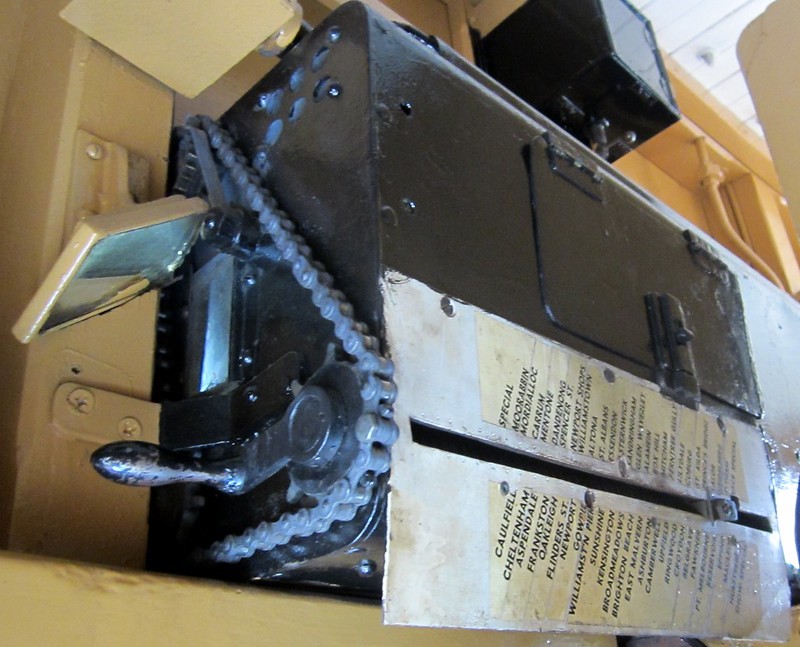
Sometimes it’s only by seeing things in the flesh that little details come back to you. In this case, I’d completely forgotten that the old red train manual doors had a catch, so it was easy to fix them in a position that let the air in, but wasn’t big enough for someone to fall out of.
Inside the old carriages you’ll find notices about the railway bylaws… in principle not so different from today’s.
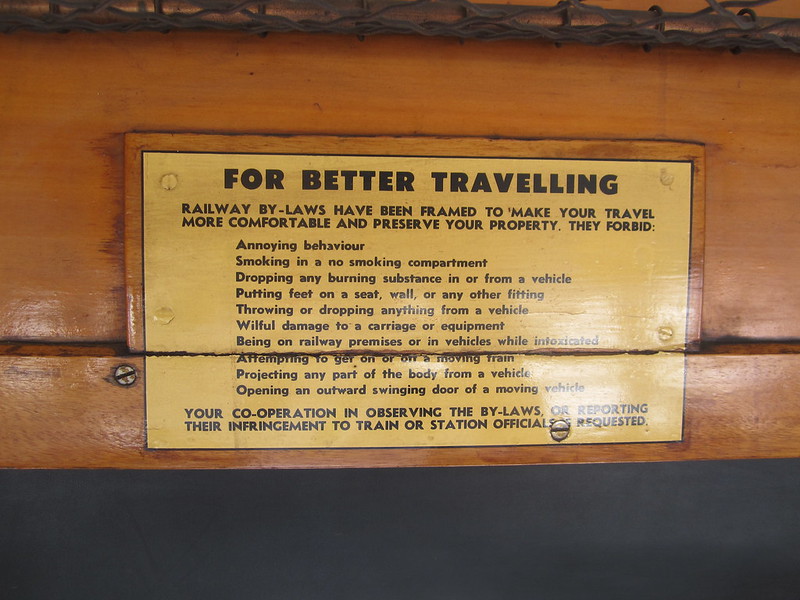
Also of note, and in use until the 70s, are the Smoking and No Smoking sections. (This was from a diesel rail car.)
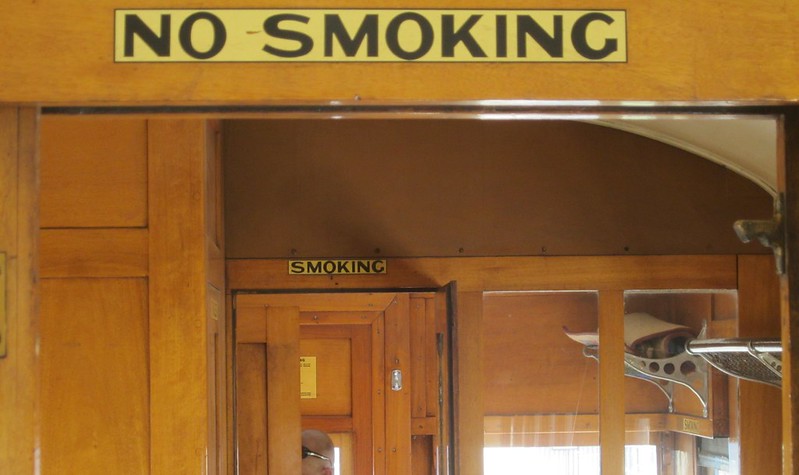
I’m all for nostalgia, but it’s not hard to see that air pollution may have been one factor in phasing-out coal out of regular use on the railways (though I’m sure economics was the main driver). Well, kind of phased-out… it still powers our electric trains of course.
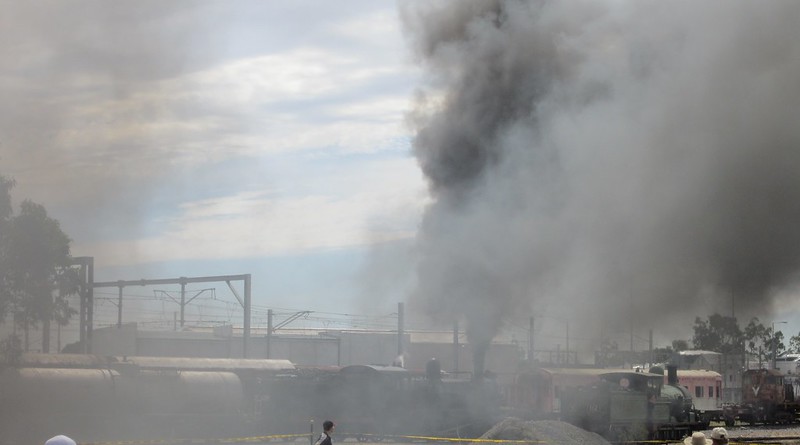
On the way home, the platform mirror at Footscray was in just the right position to catch this scene.
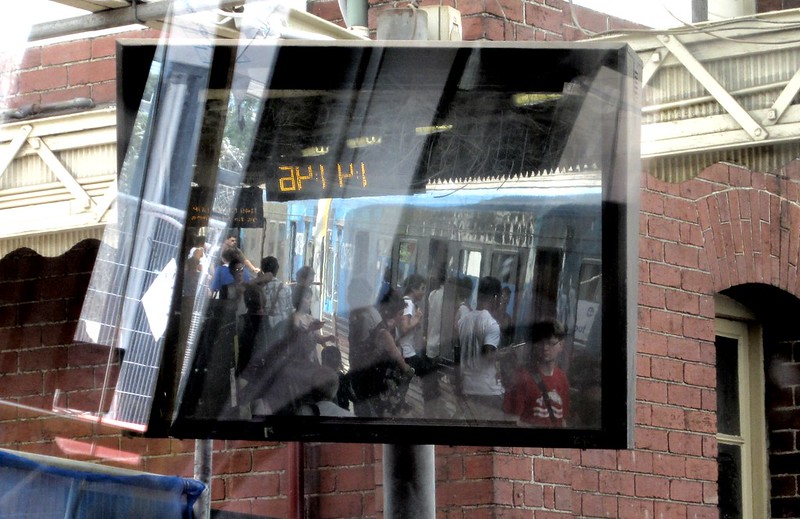
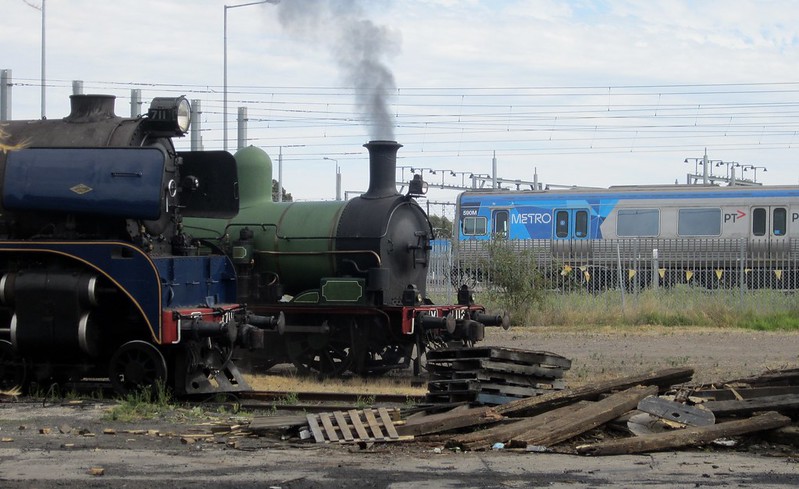
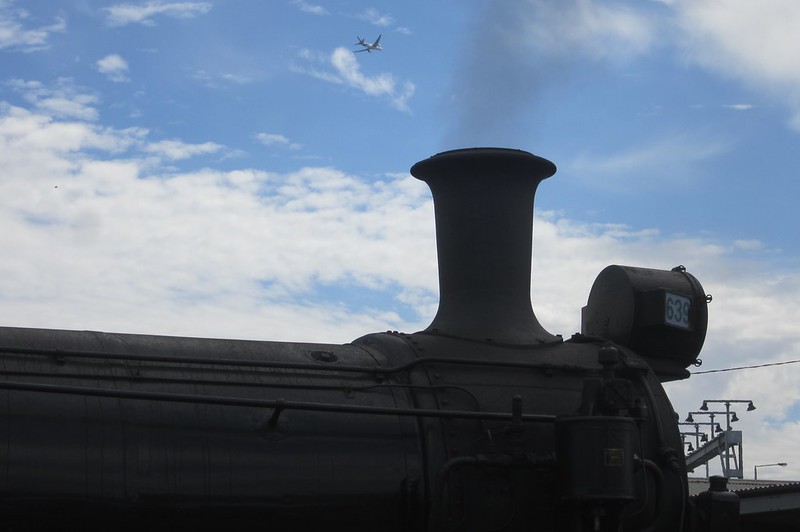
4 replies on “Smoke, steam, nostalgia: Steamrail Open Day 2014”
“These old painted canvas rolls are, of course, way more legible than most of the modern LED dot matrix varieties”.
Yeah, I’m with you on this one. It’s funny how “improvements” in technology can make it WORSE for the end-user and customer, at least in some ways.
Maybe that’s a topic you can canvas for a later blog. Another example is the quality/clarity of calls on the mobile phone versus fixed phone line. The latter is usually far better than using the new technology.
Yes I was there myself on the Monday. It was rather quiet, where I was told the Sunday was rather busy.
A great collection of the classic trains of days gone past.
As for the destination displays. I found the B class trams to be very hard to read. Mostly because of the flip dot style of technology they had. The size of the text on the B class was larger than on the others, which should have made it easier BUT………….
LED ones can sometimes be easier to read such as on the M>train Comenge trains.
I’d completely forgotten this was on! Not that I’d have been able to go if I’d remembered… Thanks for sharing the photos and some of your memories.
In the UK the decision to phase out steam was very closely aligned with the passing of the Clean Air Act of 1955 (which was a result of the Great London Smog), and the final phase out was similarly aligned with the passing of the Clean Air Act of 1968.
Curiously, the UK decision seemed to influence the decision to phase out steam in the former colonies even though pollution was not such an issue. UK steam locomotive builders experienced a complete collapse of their foreign steam order book in 1955/6 after BR decided to go diesel.
In Australia, though, the drivers were purely economic as diesels offered substantial cost savings and pollution wasn’t a political concern. The more things change…